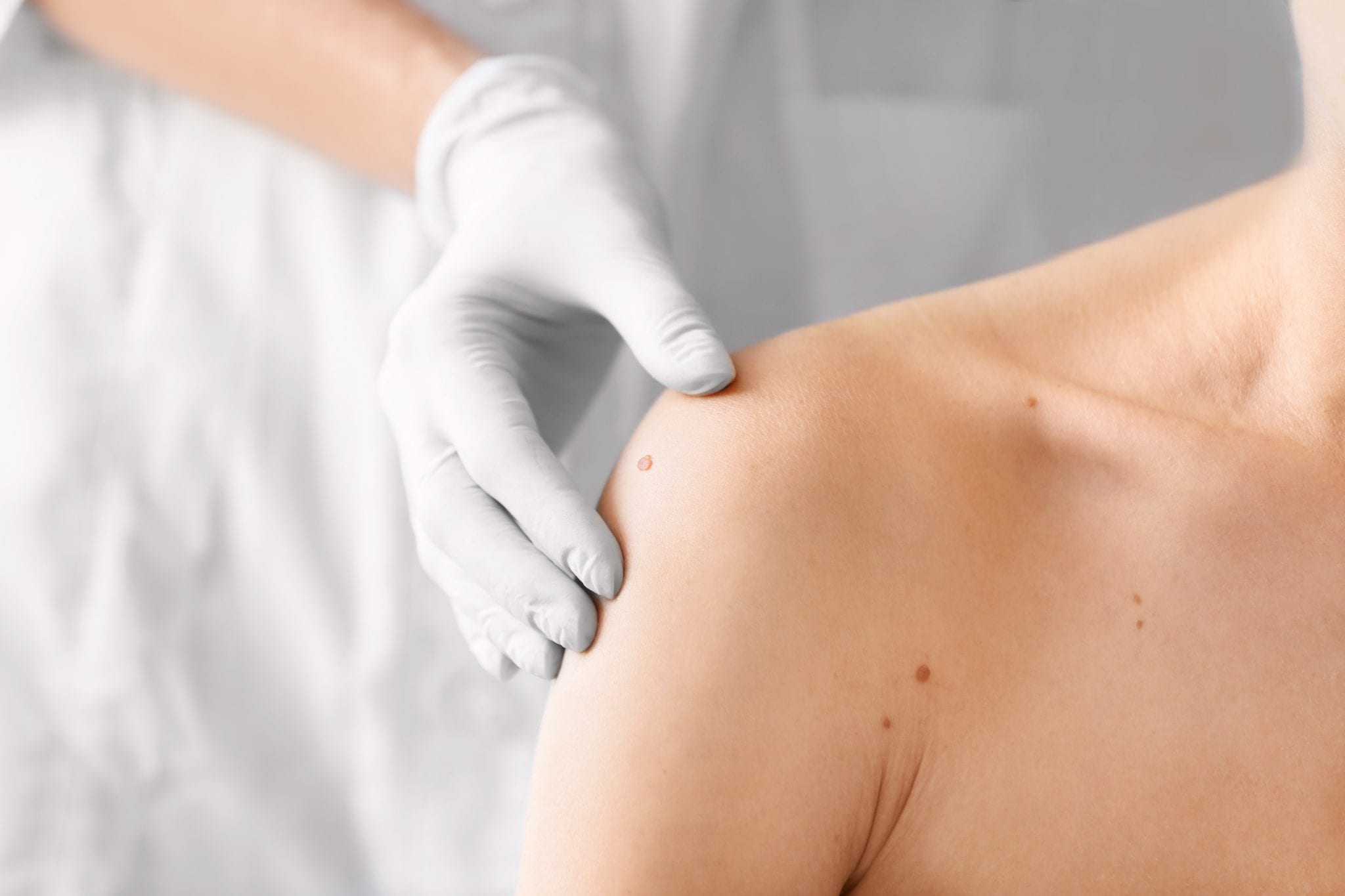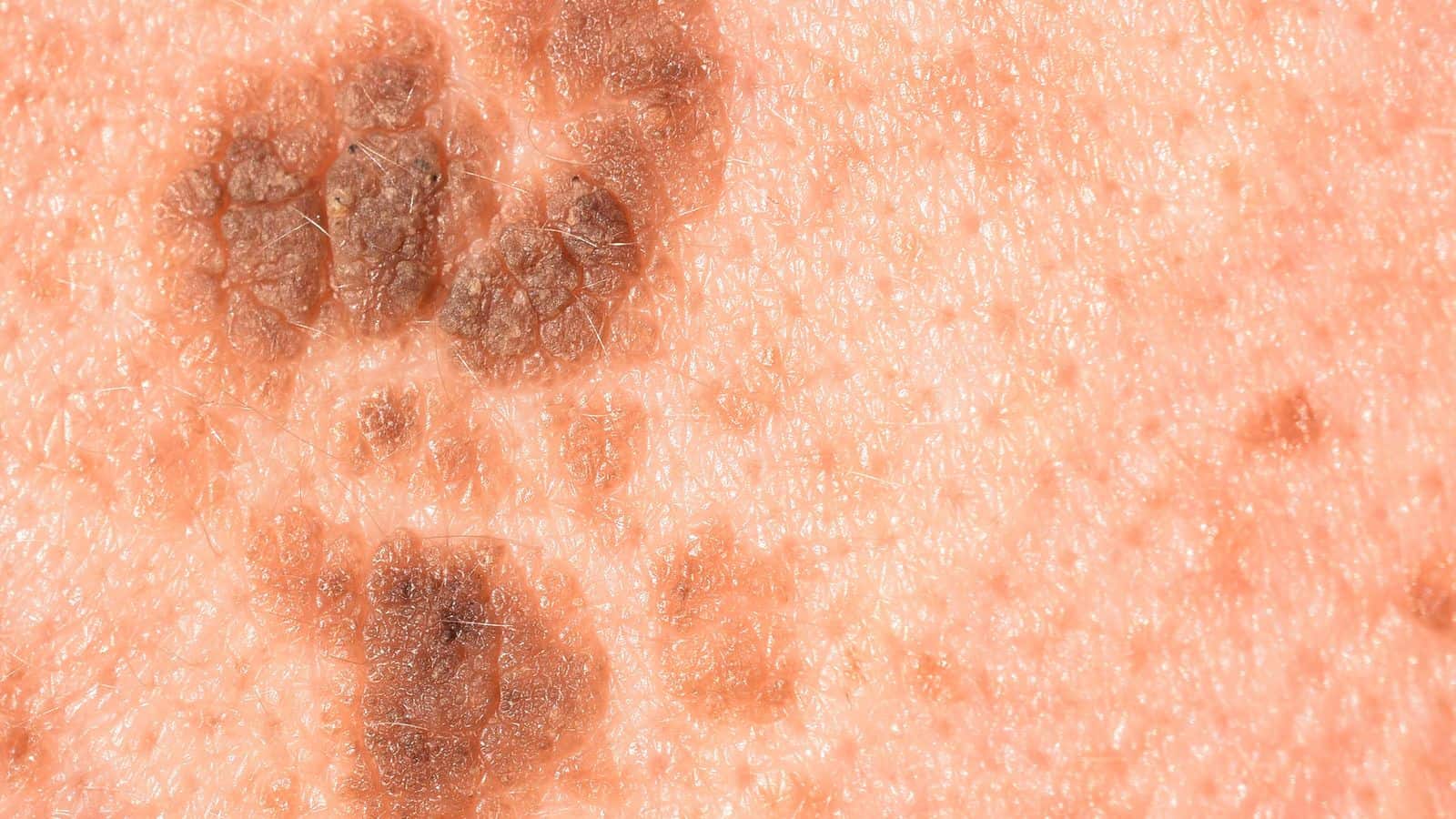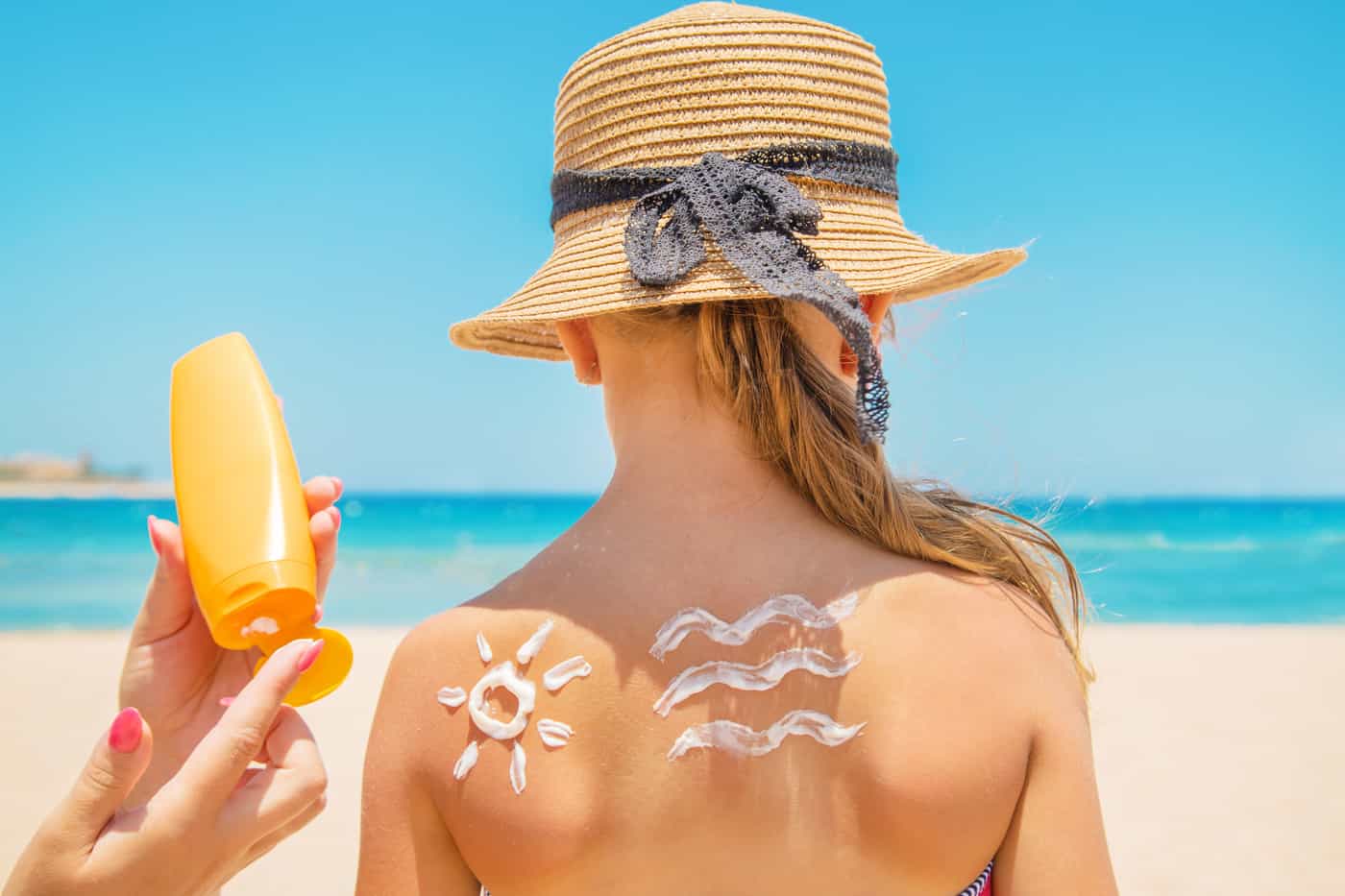Sunlight can cause many different problems the most serious of which is skin cancer. Examples of what sunlight exposure can cause also include premature aging, cataracts, and wrinkles. The amount of damage can depend on the strength of the light, the length of exposure time, and what type of protection is used. There is no such thing as a safe suntan. Those who have fair complexions sure exercise the most caution.

Skin cancer may develop from exposure to sunlight, oftentimes people do not realize that skin cancer may not develop until several years after exposure. Skin cancer may also appear anywhere on the body, the area that is exposed may not be the area that develops cancer. The most dangerous type of skin cancer is Melanoma, Melanoma can be life-threatening. Those at highest risk often display physical features that include Fair skin, Blond, red, or light brown hair, freckles, and possibly moles. Self-examination is a good idea for early detection, a simple examination can be done monthly.
What are the symptoms of Skin Cancer?

Skin cancers that are detected early can almost always be cured. The most important warning sign to look for is a spot on the skin that is changing size, shape, or color during a period of 1 month to 2 years. If you find any of the following items you should consult a health care specialist immediately:
1. Pale, wax-like, pearly nodules.
2. Red, scaly, sharply outlined patches.
3. Sores that don’t heal.
4. Small, mole-like growths, maybe melanoma, the most serious type of skin cancer.
How to Prevent Skin Cancer?

Prevention is better than cure. By following these simple steps, you can prevent the formation of skin cancer.
1. Cover-up.
Try this test: Place your hand between a single layer of the clothing and a light source. If you can see your hand through the fabric, the
garment offers little protection.
2. Use sunscreen.
A sun protection factor (SPF) of at least 15 blocks 93 percent of UV rays. You want to block both UVA and UVB rays to guard against skin cancer. Be sure to follow application directions on the bottle.
3. Wear a hat.
A wide brim hat (not a baseball cap) is ideal because it protects the neck, ears, eyes, forehead, nose, and scalp.
4. Wear UV-absorbent shades.
Sunglasses should block at least 99% of UVA and UVB rays
5. Limit exposure.
UV rays are most intense between 10 a.m. and 4 p.m. If you’re unsure about the sun’s intensity, take the shadow test: If your
shadow is shorter than you, the sun’s rays are the day’s strongest.

